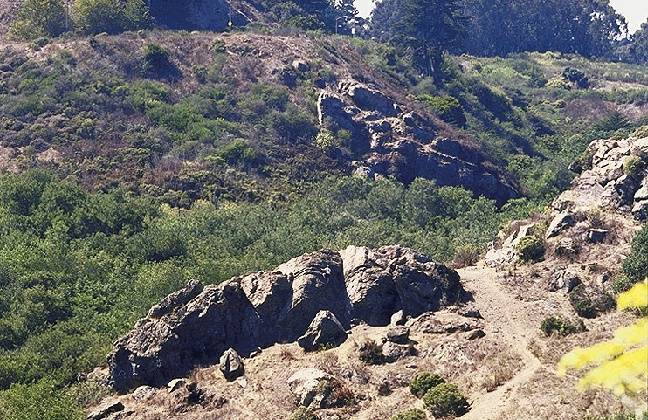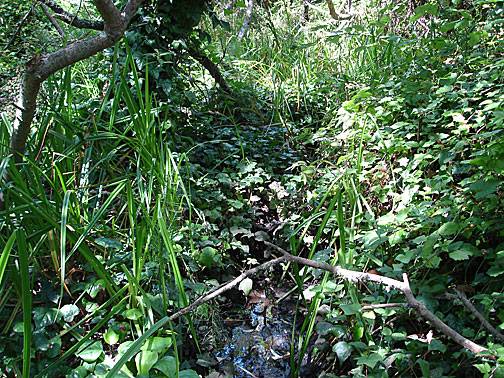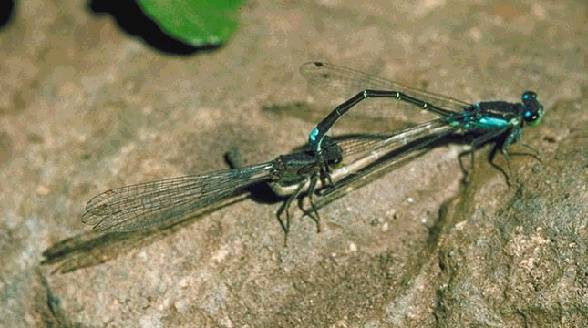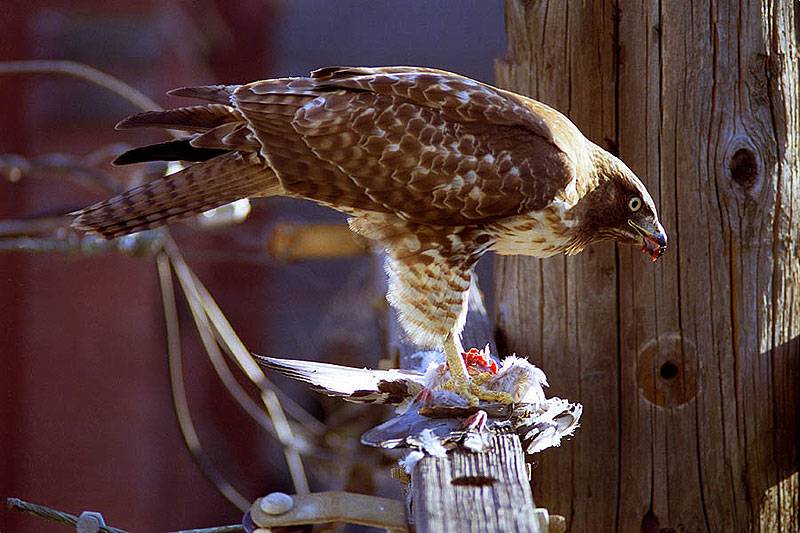Glen Canyon Natural History: Difference between revisions
Texteradmin (talk | contribs) No edit summary |
(fixed navigation for new page) |
||
| Line 39: | Line 39: | ||
[[Image:Tours-habitat.gif|link=McLaren Park]] [[McLaren Park | Continue Habitat/Species Tour]] | [[Image:Tours-habitat.gif|link=McLaren Park]] [[McLaren Park | Continue Habitat/Species Tour]] | ||
[[ | [[Giant Powder Company | Prev. Document]] [[Glen Park: SF's 'Little Switzerland' | Next Document]] | ||
[[Category:Glen Park]] [[Category:Glen Canyon]] [[category:habitat]] [[category:parks]] [[category:species]] [[category:water]] | [[Category:Glen Park]] [[Category:Glen Canyon]] [[category:habitat]] [[category:parks]] [[category:species]] [[category:water]] | ||
Revision as of 21:11, 3 January 2011
Historical Essay
by Pete Holloran
Glen Canyon rocks
Photo: Chris Carlsson
Islais Creek near its source at the top of Glen Canyon, 2006.
Photo: Chris Carlsson
Glen Canyon's varied topography and diverse habitats make it one of the most interesting natural areas left in San Francisco. The cliffs carved above bear witness to the active seismic activity in the ancient past. Along O'Shaughnessy Boulevard the dark-red outcrops of Franciscan radiolarian chert, deposited long ago in perfectly flat beds on an ocean floor, have been warped over time into folded chevrons. Bluff lettuce (Dudleya farinosa), stonecrop (Sedum spathulifolium) and other denizens of rocky outcrops grip the cliff face. A gnarled chinquapin (Chrysolepis chrysophylla), the only one in San Francisco, clutches a windswept rock. In a patch of brush high above the road, the common scarlet columbine (Aquilegia formosa) was just barely hanging on, down to just these couple of individuals in the entire county. With help from the park's volunteer stewards, it now flourishes along the north fork of Islais Creek in the canyon below. Before entering a culvert near the Recreation Center, Islais Creek runs unhindered through willow woodlands and planted eucalyptus trees. It thereby joins Lobos Creek as the only other above-ground creek in San Francisco.
The diverse habitats in the canyon make it particularly important for wildlife.
The San Francisco forktail damselfly (Ischnura gemina) is a rare species that nevertheless finds its habitat in the most unlikely places.
Photo: Margo Bors
In Glen Canyon, the San Francisco forktail damselfly is largely restricted to a drainage ditch on the northern slope. It has gone extinct at least once in the canyon, but graduate students from San Francisco State University reintroduced it from nearby populations on San Bruno Mountain.
Thanksgiving Bird!: This young red-tailed hawk is munching a pigeon right outside the window of an apartment at 19th and Dolores, on Thanksgiving Day, 2003.
Photo: Tristan Savatier
The Friends of Glen Canyon Park is particularly active in providing stewardship to the canyons wildlands. Its members are occasionally seen in the canyon with spotting scopes trained on the red-tailed hawk nests in the eucalyptus trees above. They often know to the day when the years chicks fledged!




